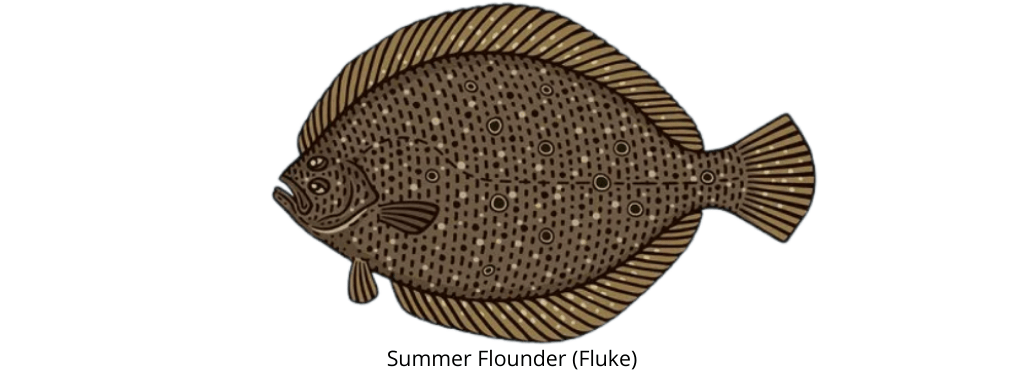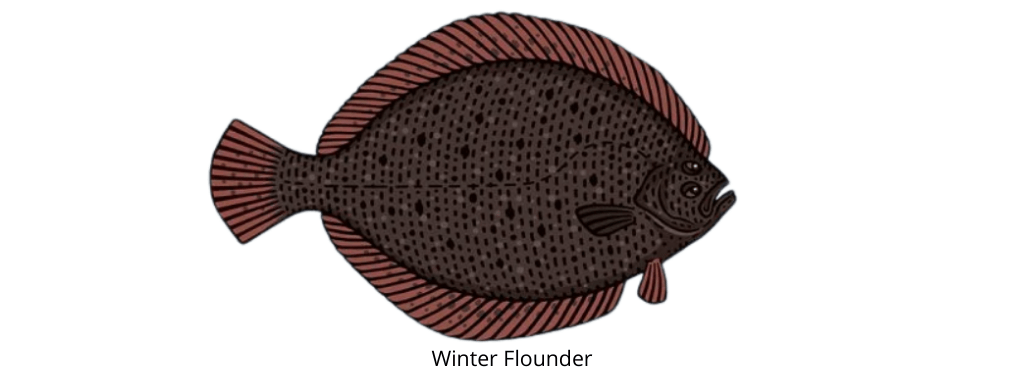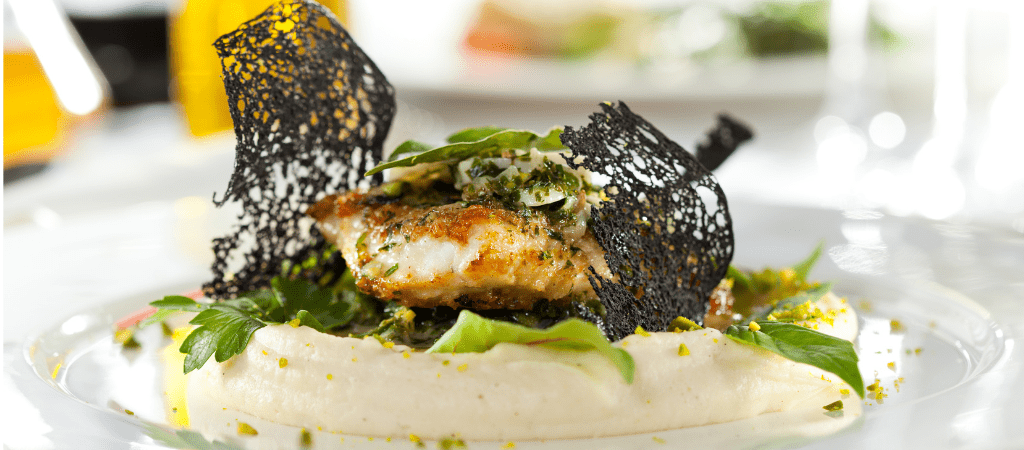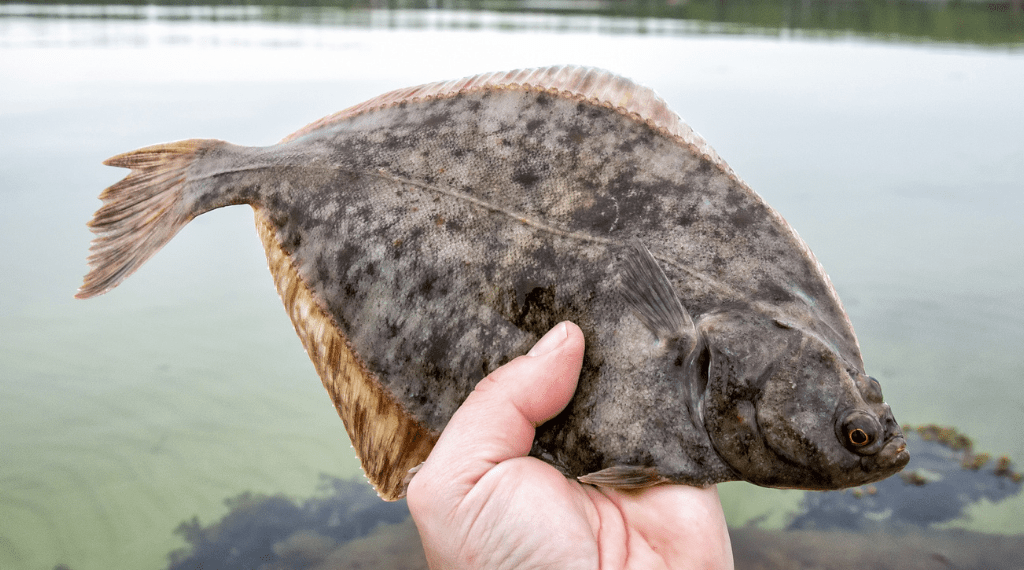The fluke vs flounder debate isn’t much of a discussion as it is but a misunderstanding.
To be clear, a fluke is just a type of flounder. A summer flounder is also known as a fluke. So is there any difference between a fluke and a flounder? Yes, there is.
We’ll cover some of the differences and misconceptions in the flounder vs fluke debate, plus a few other tips, shortly so keep reading.
Fluke vs Flounder – What’s The Difference?
What does a flounder look like? There are four recognizable flounders that people and even seasoned fishers often confuse.
- Summer Flounder (Fluke)
- Winter Flounder
- Southern Flounder
- European flounder
These flounders have distinct differences, but some may be hard to spot by the untrained eye. The inability to notice these subtle details is how the fluke vs flounder debate began.
Summer Flounder vs Winter Flounder
The differences between fluke and flounders come with their color, texture, and face orientation. For example, one can identify a summer flounder quickly by how light its skin is, as it resembles a golden yellowish brown. When looking at a summer flounder, you can think about its pigment as matching the sunny and light nature of the season. Hence the name summer flounder.

The texture of the flounder is another way to identify it. The fluke fish is known to have five distinct spots on its lower body. These darker points are easier to identify on the summer flounder because the rest of its skin appears to be lighter. This small detail is easy to miss if one is unaware of its existence.
Eye orientation is the final and most common way to identify a fluke. Flounders are asymmetrical fish, meaning they lack symmetry in their body structure. Because of this, their eyes appear to favor one side of the fish’s body instead of one eye on each side.
If you lay a flounder flat so that its face points towards you, you’ll find that the fluke’s head is pointing to the left side while its tail is on the right side. In opposition, we can now see distinct differences between the fluke fish and the winter flounder. Every trait the fluke has, the winter flounder, contrasts it.
For example, the winter flounder is a darker brown fish. This darker tone is the first way a fisherman tends to spot a winter flounder. The lack of a lighter tone is why this fish is known as the winter flounder. The sun doesn’t shine as often in the winter, hence the name.

Regarding the spots, the winter flounder, as opposed to the fluke, only has three distinct spots on the lower part of its body. These spots tend to resemble a triangle-like shape.
The final and most prominent difference is head orientation. Unlike the fluke fish, the winter flounder’s head favors the right side of its body, assuming the fish is lying flat facing you.
Southern Flounder vs European Flounder
The southern and european flounders act as brothers to summer and winter flounders. They are a mash of both traits of the flounders, but with their subtle differences and similarities.
Southern flounders closely resemble the fluke but with two key differences. First, the southern flounder will have three distinct spots on the lower half of its body, while the fluke will have five. Secondly, the southern flounder will have slightly bigger lips than the fluke fish and a darker skin tone. It’s important to note that it’s not too much darker than the summer flounder.
The European flounder is the easiest of the flounder to spot. The European flounder physically looks the most different. Like the winter flounder, the European flounder is typically right-face oriented.
Compared to the winter flounder, the European flounder is lighter and wider. The dorsal fins are rounder on a winter flounder, as the European flounder has a more pointed dorsal fin, leading to a diamond-like figure.
How Long Have Flounders Existed?
Flounders are surprisingly old. In the late 2000s, Matt Friedman examined several fossils discovered from the Monte Bolca. The fossils he looked at showed signs of evolution from the flatfish species. The once symmetrical flounder had started its journey of an asymmetrical life nearly 45 million years ago.
Interestingly enough, further research on the flounder revealed another weird fact about it. Most fish can balance themselves properly in dark environments as their inner ears allow them to keep balance. On the other hand, the flounder needs visible light to stay balanced as it has a preferred dominant ear, advancing its asymmetrical mystery.
How to Catch Flounder?
Flounders are bottom-dwelling ambush predators. So the key is to fish your bait or lure on the bottom.
Artificial swimbaits and jighead lures bounced on the bottom work well. As do small live baits like finger mullet, mud minnows, and gudgeon.
Check out this excellent youtube tutorial on how to catch flounder.
How to Prepare And Cook a Flounder?
Being a more light-colored fish, the flounder has a delicate flavor. The taste of the fish is subtle or faint, and it’s not as pronounced as darker meat fish such as a black sea bass or tuna.
Since the flounder is considered a lighter fish, not only is its taste delicate, but similarly, its texture is as well. The flounder’s meat separates smoothly and breaks into tiny chunks with ease. With such a delicate texture, the preferred cooking flounder method is baking it.
The flounder is a relatively simple fish to enjoy. We recommend this article by The Spruce Eats for a more in-depth look at the ingredients and the recipe. It goes into fine detail about the required ingredients, but for simplicity, all you’ll need is butter, lemon juice, minced onion, and paprika. Parsley is optional for those who like to garnish their dish with it.

But before the cooking, we will first discuss how to actually prepare the first and then detail how to cook it. The first thing you’d want to do to prepare a flounder is to descale it first like any other fish.
Once you descaled the flounder properly and cleaned it off, the next step would be to remove the flounder’s head. Make a clean diagonal cut a few inches down from its head. After the head, cut off the tail and dorsal fins, so only the torso remains.
The flounder meat is very delicate, so as evenly as possible. We recommend cutting through the fish vertically, not going through the whole way, and then cutting through the fish horizontally. It doesn’t matter which orientation you go with as long as you’ve cut box portions evenly.
Next, we’ll season the flounder to ensure an amazing-tasting fish. You’ll want to pepper the fish evenly with a light coat, do not overdo it with the salt and pepper. The flounder doesn’t need too much salt, so be very reserved with spreading it.
In a small cup, combine three tablespoons of butter, one and a half tablespoons of fresh lemon juice, and one tablespoon of minced onions. Once you have this mixture, pour it onto your flounder. This dish goes light on the seasoning to ensure that’s not the only thing you’re tasting. Feel free to adjust portions as you see fit.
Since we’re baking the flounder, it’s important to preheat the oven. Ensure you bake the flounder for no more than 8 minutes. You mustn’t overcook the flounder, but ensure that you bake it for at least 6 minutes. You’ll preheat the oven to 425 degrees, then bake the flounder.
Final Thoughts
The fluke vs flounder debate can finally end. While the summer flounder has similar-looking relatives, the resemblance to its fellow flounder doesn’t make it the same as them.
Spotting these differences in marine life is a handy skill, and this article should help you build on that skill. The fluke is a fascinating fish indeed. If you take anything away from this article, remember this, the summer flounder looks left, and the winter flounder looks right. And most importantly and fluke and the flounder are both very tasty!

